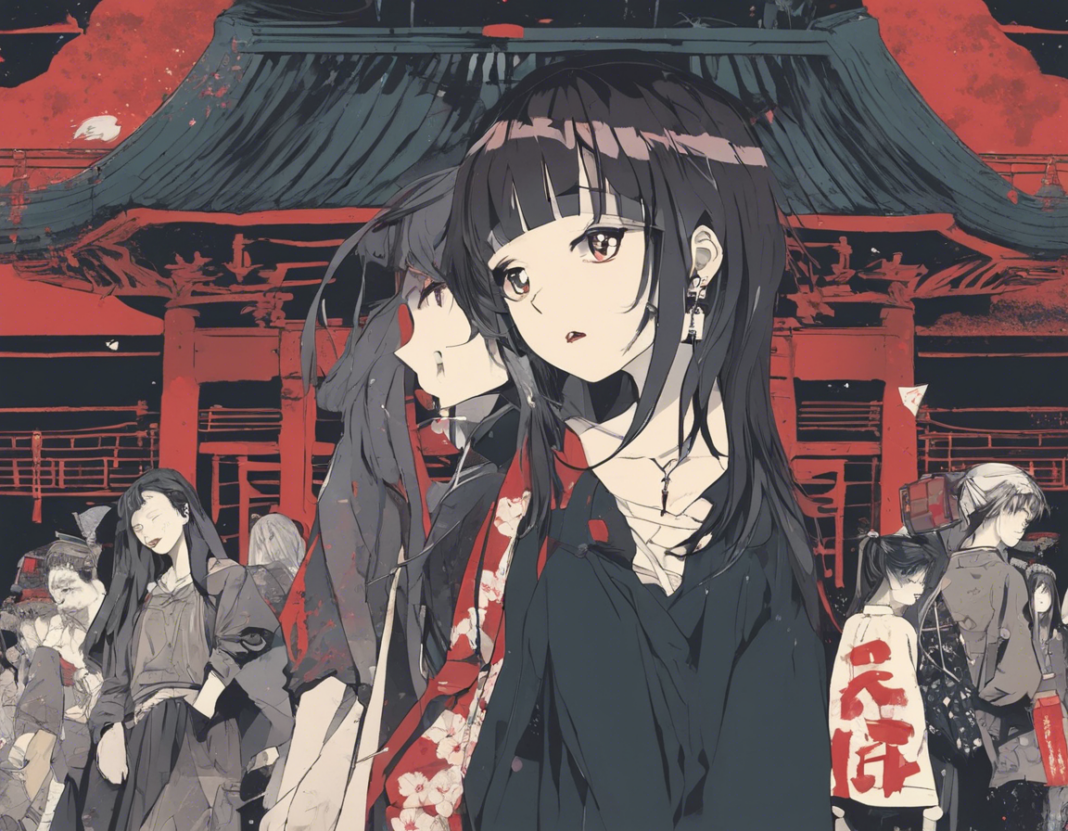Japanese angst is a complex and deeply ingrained emotion that reflects the intricate cultural dynamics of Japan. Known as “kokoro no yami” in Japanese, this phenomenon goes beyond the typical understanding of Western concepts of anxiety or melancholy. It encompasses a profound sense of unease, inner turmoil, and existential dread rooted in the traditional values, societal expectations, and historical context of Japan. By delving into the intricacies of Japanese angst, we can gain a deeper insight into the Japanese psyche and the unique challenges faced by individuals within this cultural framework.
Understanding Japanese Angst
At the core of Japanese angst lies a conflict between individual desires and societal norms. Japan is a society that values conformity, harmony, and self-restraint. The pressure to adhere to collective expectations and maintain a facade of harmony can weigh heavily on individuals, leading to a sense of alienation and dissonance. This internal struggle is exacerbated by the intense focus on achievement, perfectionism, and the relentless pursuit of success in various aspects of life, be it academics, work, or personal relationships.
Historical Roots of Japanese Angst
The roots of Japanese angst can be traced back to Japan’s tumultuous history, marked by periods of isolation, societal upheaval, and rapid modernization. The influences of Confucianism, Zen Buddhism, and Shintoism have shaped the cultural norms and values that continue to dictate social interactions and individual expectations in Japan. The legacy of past traumas, such as the atomic bombings during World War II and the economic downturn of the 1990s, has also left a lasting impact on the collective consciousness of the Japanese people.
Manifestations of Japanese Angst
Japanese angst manifests in various forms, ranging from subtle expressions of discomfort and restlessness to more severe symptoms of depression, social withdrawal, and existential crisis. The phenomenon is often reflected in art, literature, and popular culture, with themes of isolation, alienation, and nihilism prevalent in Japanese works across different mediums. The prevalence of hikikomori (social recluses) and karoshi (death by overwork) in Japanese society further underscore the pervasive nature of Japanese angst and its detrimental effects on mental health and well-being.
Coping Mechanisms and Resilience
While Japanese angst presents significant challenges, the Japanese people have developed various coping mechanisms and resilience strategies to navigate the complexities of their emotions and societal expectations. Practices such as mindfulness, meditation, and communal rituals offer individuals a sense of grounding and connection in the face of internal turmoil. The concept of “gaman” (endurance) emphasizes perseverance and stoicism in the face of adversity, providing a cultural framework for resilience and fortitude.
Embracing Vulnerability and Self-Expression
In recent years, there has been a growing recognition of the importance of embracing vulnerability and self-expression as a means of addressing Japanese angst. The rise of mental health awareness campaigns, support groups, and therapeutic interventions reflects a shifting cultural attitude towards mental well-being and emotional authenticity in Japan. Encouraging open dialogue, seeking professional help, and fostering meaningful connections with others are crucial steps towards confronting and overcoming Japanese angst in a healthy and constructive manner.
FAQs
What are the main causes of Japanese angst?
Japanese angst is primarily caused by the tension between individual desires and societal expectations, compounded by cultural norms of conformity, perfectionism, and achievement. Historical traumas, economic pressures, and the prevalence of social isolation in Japanese society also contribute to the manifestation of kokoro no yami.
How is Japanese angst different from Western concepts of anxiety or depression?
Japanese angst differs from Western concepts of anxiety or depression in its cultural specificity and emphasis on social dynamics. While anxiety and depression are recognized universal phenomena, Japanese angst is deeply rooted in the historical, social, and psychological landscape of Japan, reflecting a unique interplay of individual and collective concerns.
Are there any traditional practices in Japan that help alleviate Japanese angst?
Traditional practices such as tea ceremonies, flower arranging (ikebana), and Zen meditation have been known to provide individuals with a sense of tranquility and mindfulness, offering respite from the pressures of daily life and fostering a deeper connection with oneself and the world around them.
How can individuals address Japanese angst in a healthy manner?
Individuals can address Japanese angst by fostering self-awareness, seeking support from loved ones or mental health professionals, engaging in self-care practices, and exploring creative outlets for self-expression. Embracing vulnerability and accepting one’s emotions are essential steps towards confronting and overcoming Japanese angst in a constructive way.
What role does societal pressure play in exacerbating Japanese angst?
Societal pressure to conform, achieve success, and maintain harmonious relationships can intensify feelings of inadequacy, loneliness, and alienation among individuals in Japan. The relentless pursuit of perfectionism and the fear of failure may contribute to the exacerbation of Japanese angst and its impact on mental health and well-being.
